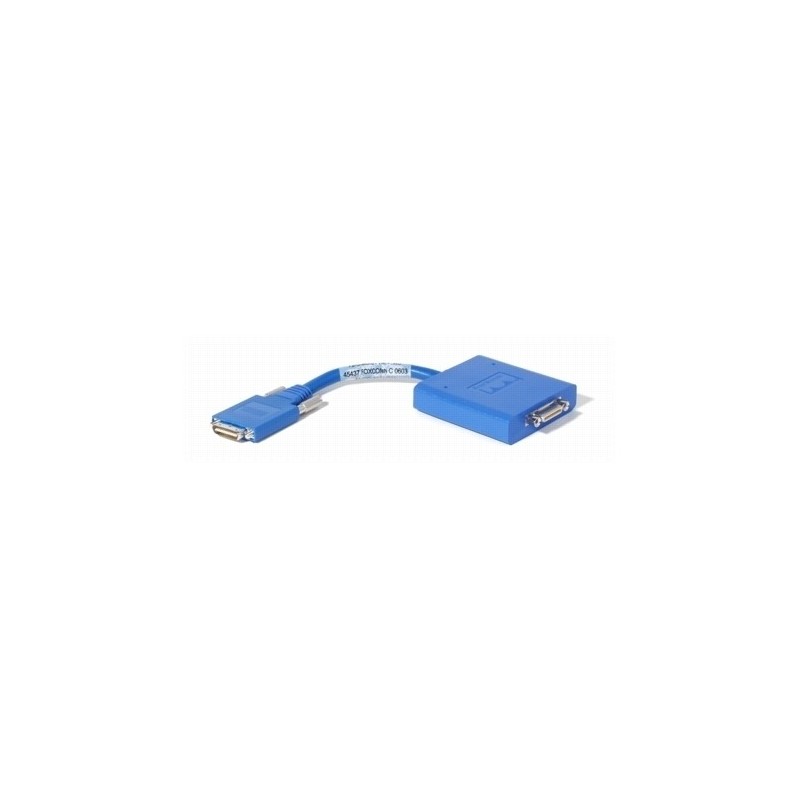

When you set the clock rate for a serial interface, you are setting the speed of the interface, in other words, the bandwidth (bandwidth meaning rate of data transfer). Router(config-if)# bandwidth 64 (represented in kilobits per second) The bandwidth command is issued under the interface, as is represented in Kilobits per second If no bandwidth command has been configured on the interface, Routing protocols and QOS will assume the line is running at the maximum speed supported by the interface which can result in incorrect routing and incorrect prioritization of packets. The bandwidth command however does not adjust the speed of the line at all, however it should be configured on ALL DTE and DCE interfaces because it is used by ġ/ Routing protocols – to calculate the cost of a pathĢ/ QOS (Quality of Service) – to identify how much bandwidth is availble to prioritize,


To identify which end of the cable has been plugged into a Cisco router, you can also use the command “show controller”. If you try use the clock rate command on the DTE interface you will receive the following error message “This command applies only to DCE interfaces” Router(config-if)# clock rate 64000 (represented in BITS per second) If you have only subscribed for a 64k line, then the clock rate would have been set on the DCE side of the cable using the command ‘clock rate 64000’ under the interface. If the command is not used the interface will run at the maximum speed supported by the interface. The DTE side of the cable is where the communications terminate ie: your router terminates the connection from the service provider.įrom a configuration point of view the DCE side of the cable is able to use the clock rate command to set the speed of the line. Based on this, it’s safe to assume that the cable coming out of your router and going to your service provider is the DTE side, since you service provider sets the speed of the line based on the subscription you have purchased. So what’s the difference between the 2 sides? The DCE side of the cable is the side that sets the speed of the link (also known as clocking). Most serial cables are marked on the connector if it’s the DTE or DCE. When connecting two routers together with a serial cable, one of the routers needs to host the DCE (Data Communications Equipment) side of the cable, and the other will host the DTE (Date Terminal Equipment) side. In order to understand clock rate we first need to understand how the cabling works on routers. In serial interfaces you need to make sure that clock rate and bandwith do match (changing clock rate does not automatically changes bandwith) Otherwise it could happen that your routing protocol does not take into account a link or sets the best route through the wrong link, because of bad settings in bandwith parameter. However, bandwith is the value that will be used in computation of metrics depending on bandwitch, for example in EIGRP. Certified Network Support Professionalīandwidth and Clock Rate on Serial InterfacesĬlock rate is to be used in DCE in serial link to configure the clock speed for the link.


 0 kommentar(er)
0 kommentar(er)
